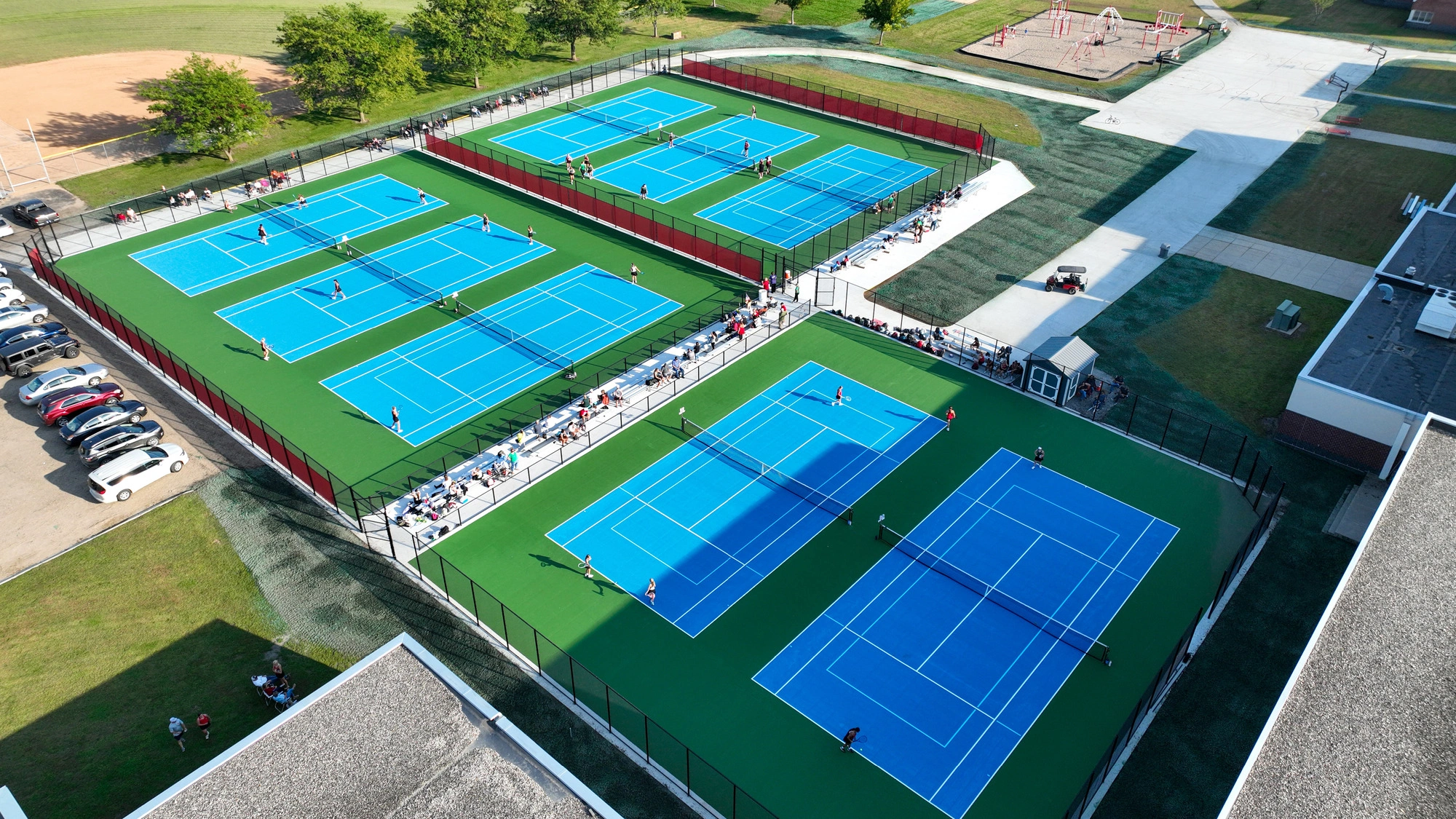How Air Flow Modeling is Changing Industrial and Healthcare Design
Safety and comfort should be two main priorities for industrial and healthcare facilities. Proper HVAC design can address each of these concerns. The emergence of broader applications for air flow modeling within the A/E industry has opened up exciting and dynamic opportunities to improve design. I sat down with ISG Principal and Mechanical Group Leader Tony Effenberger, PE, LEED AP to discuss the ways air flow modeling is changing the way we think about the performance of these spaces.
First, what is air flow design, and why is it so important in facility construction?
Air flow design is pretty much exactly what it sounds like. It’s the way that specific architectural and engineering systems can help control the way that air moves throughout a space. When you think of a hot and stuffy dorm room, something as simple as opening up the window and door can help keep air moving across the room. Then, if you take that concept and multiply by the natural complexity of healthcare and industrial design, and you get the type of custom air flow control systems ISG develops.
What makes air flow so important in healthcare and industrial facilities?
The vast majority of industrial and healthcare facilities are highly controlled environments. These spaces extend to the way that air flows throughout a building or single room. Depending on the product, procedure, or process within each facility, certain air flow can carry contaminants throughout a room. The hygiene and quality of work being performed could potentially be jeopardized.
For example, imagine a hospital room where a skin graft is being performed. Having air flow directed from the entrance into the main operating space poses the risk of transferring bacteria from outside rooms onto the exposed skin.
Likewise, food processing spaces such as cheese production facilities have typically featured tunnel ventilation air distribution systems. That’s because tunnel ventilation systems require limited physical equipment. This reduces the amount of shelf and surface area across a room on which dust and contaminants can accumulate. However, these systems can require a hefty level of horsepower to transport air from one end of the room to another. With air flow modeling, engineers are able to reduce mechanical infrastructure, capital costs, and operational costs. They do so by strategically placing innovative equipment, such as fabric ductwork, across the facility.
How is air flow modeling performed, and what is the actual deliverable of this process?
ISG mechanical engineers first integrate facility design data directly from Revit and Autodesk into an application that allows for modeling air flow throughout spaces. This then provides an evaluation of the different direction and speed of HVAC system feeds. One of the output tools created by the model is a time-lapse video of air movement. This visual representation of air flow over a period of time helps teams identify opportunities to create specialized and preferred air flow patterns, as demonstrated by the graphic below.

Based on the resulting data, engineers develop systems that support air flow patterns. Each system is custom to the needs of each client’s unique product or operation. These systems protect both the products and procedures from contamination, as well as keeping work environments safe for employees.
Are there other ways air flow design is beneficial?
Air flow modeling has a wide variety of dynamic applications across multiple disciplines, beyond contaminant control. Engineers are just beginning to scratch the surface of how technology can be utilized. It can to add real value to not only interior design, but exterior design as well. From controlling thermal imbalances in scaling atriums to the assessment of extreme weather sustainability for building exteriors.
Related Articles


The Future of Southern Minnesota Lakes Conference Returns To Inspire Action on Lake Planning, Preservation, and Restoration
ISG is bringing back The Future of Southern Minnesota Lakes Conference for its fourth year from March 6–7, 2026 creating space for lake association members, environmental professionals, and community leaders dedicated to preserving and restoring Southern Minnesota lakes.

.webp)
ISG Recognized as a 2025–26 Emerging Professional Friendly Firm for the Fourth Consecutive Cycle
ISG has been honored as a 2025–26 Emerging Professional Friendly Firm by AIA chapters in North Dakota, South Dakota, Wisconsin, and Minnesota in recognition of its commitment to fair compensation, licensure support, mentorship, and growth for early-career architects.




_webfull.webp)
.webp)





